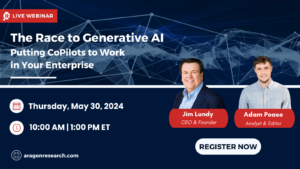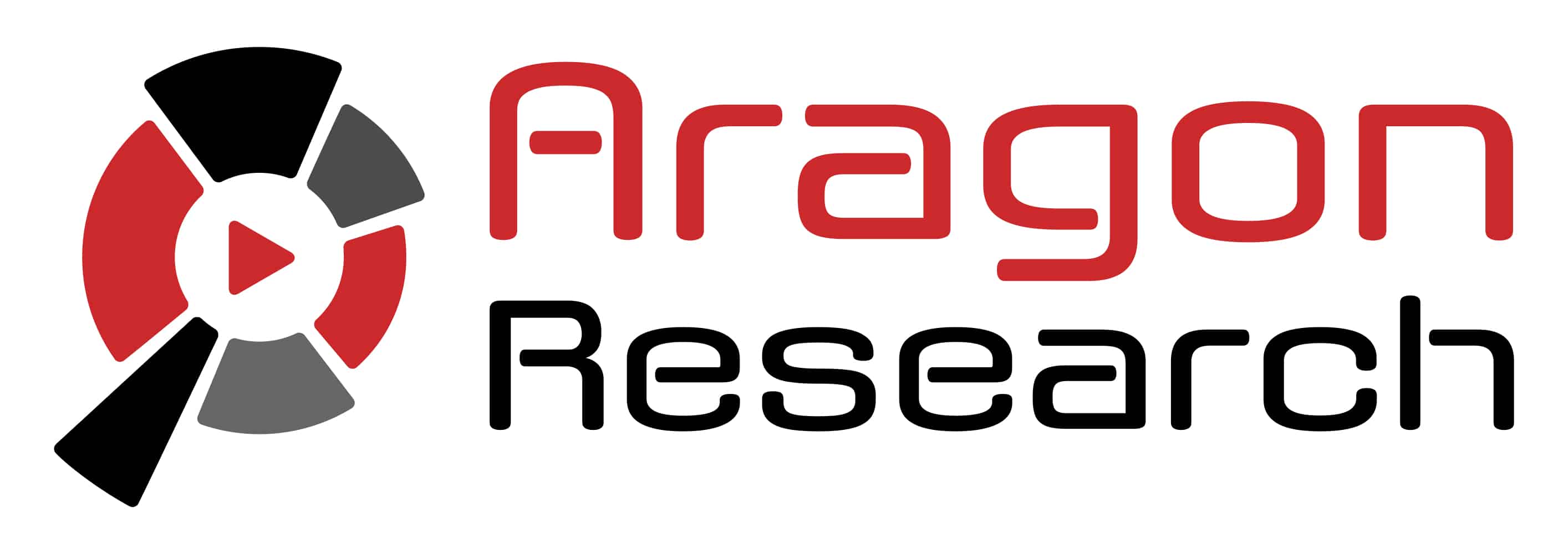Preparing for AI and Edge Computing Architectures
Preparing for AI and Edge Computing Architectures
The rapid advancement of AI and GPU computing is poised to shake up the technology landscape, forcing organizations to rethink their current infrastructure, workforce strategies, and business processes. As these cutting-edge computing technologies gain traction, they will inevitably impact scalability, performance, and optimization across various industries.
Last week, I presented a webinar on AI and Edge computing, during this webinar I answered a few questions from the audience.
How will AI and GPU computing impact our current architecture in terms of scalability, performance, and optimization?
One of the most significant changes on the horizon is the shift towards a more distributed computing architecture. We have experienced this shift before with client/server and multi-node computing. However, this trend is different because of the proliferation of AI services and capabilities. Organizations will support multiple AI platforms, models, language models, and assistants/copilots alongside their existing systems.
This convergence of traditional and emerging technologies will undoubtedly introduce chaos initially, but the market will eventually stabilize as leaders emerge.
Scalability, performance, and power requirements are areas that will face immense strain as AI and GPU computing gain prominence. Data centers and edge systems will need to accommodate the increased computational demands, necessitating a reevaluation of existing infrastructure capabilities.
With the shift toward edge computing, will cloud remain a critical computing model?
Cloud computing will continue to play a crucial role in most organizations’ computing models.
Many organizations have already and will continue to adopt hybrid environments, including hybrid- and multi-cloud models, leveraging both cloud and edge computing devices to optimize their operations. The degree to which each organization embraces these new models will vary based on their specific needs, budgets, and risk appetites.
What strategies should we implement to prepare for the infrastructure, workforce, and business processes for AI Architectures?
To navigate this technological shift successfully, experts recommend a strategic approach rooted in a deep understanding of an organization’s business objectives and future state.
Adopting AI and GPU computing technologies solely for tactical reasons, without aligning them with the overarching business strategy, could prove detrimental in the long run.
The key strategy lies in comprehending the organization’s evolving business context and using that insight to drive the transformation of people, processes, information, and technology. This proactive approach ensures that investments in emerging technologies are not merely reactive but purposeful and aligned with the organization’s strategic vision.
Bottom Line
As the AI and GPU computing revolution unfolds, organizations must brace themselves for significant disruptions to their traditional operating models. Those who prioritize strategic planning and align their technological investments with their long-term business objectives will be better positioned to capitalize on these groundbreaking innovations and thrive in the ever-evolving digital landscape.
UPCOMING WEBINARS

The Race to Generative AI: Putting CoPilots to Work in Your Enterprise
Generative AI is here and with it the promise of increased productivity. But is that a promise or is it a reality?
In this webinar Aragon analyst, Adam Pease and CEO, Jim Lundy take on the challenge of putting Generative AI to work.





Have a Comment on this?